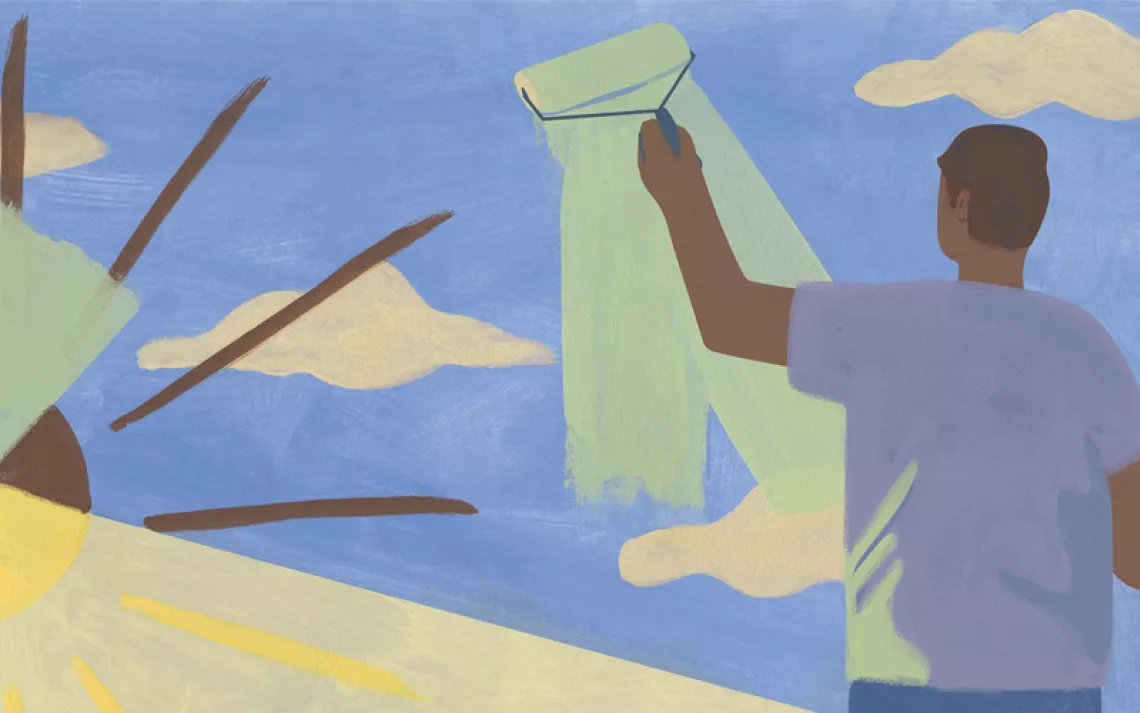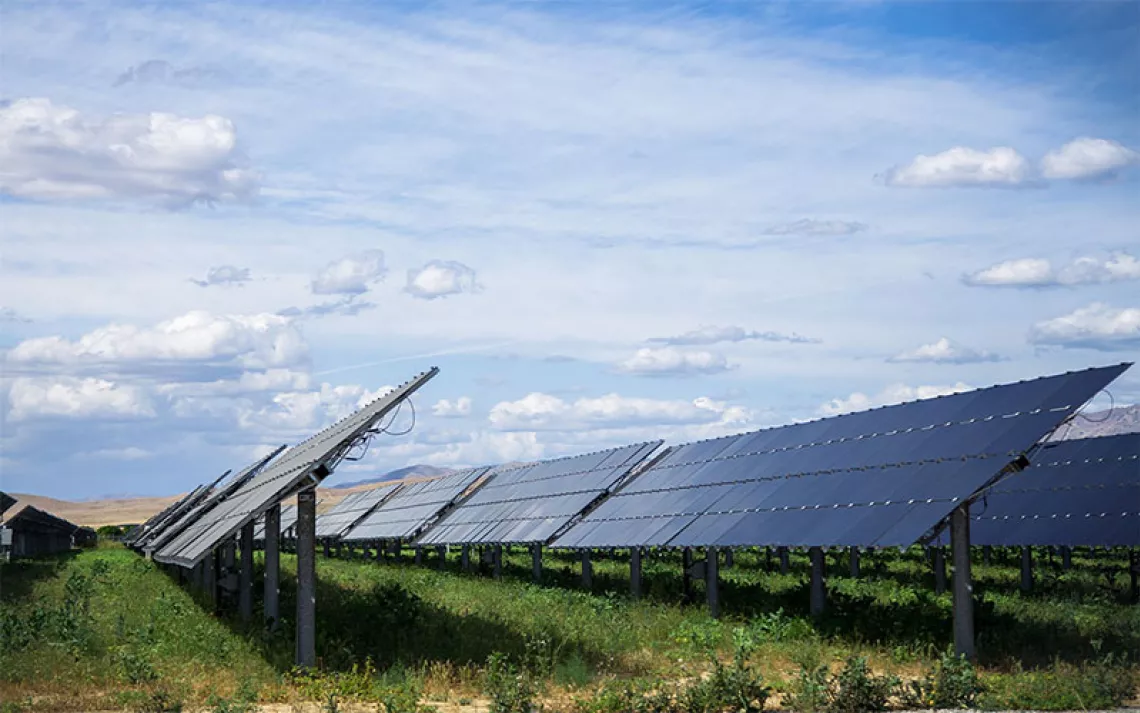The Adventure Gap

The Adventure Gap, by James Edward Mills (Mountaineers Books, October 2014)
A group of nine storm-battered climbers approach High Camp, still a scant 2,900 feet below the summit of Denali. For five days, the West Buttress has worn a halo of high winds and relentless storms. Yet the team—which began with fourteen climbers—finds strength, camaraderie, and pride through a common goal: to be the first African American team to summit North America’s highest peak.
Mountaineering is a sport hurting for diversity. When we think of mountaineers, the likes of Sir Edmund Hillary, Ed Viesturs or even a stiff-lipped Clint Eastwood from Eiger Sanction come to mind. Yet the history of African American exploration—beginning with emancipation and homesteading across the West—is largely left out of history lessons, news, and the silver screen. The sport of climbing, along with other outdoor adventures, has been largely dominated by caucasian athletes.
In The Adventure Gap, James Edward Mills, an African American journalist who covers environmental issues and outdoor recreation, highlights the ancestral legacy shared between him and the Denali team. It’s a heritage dating back to the bravery and environmental stewardship of the Buffalo Soldiers, and continuing today in star climbers like teen Kai Lightner and other community activists and mountaineers. By the end of the book, whether or not the team reaches the summit becomes irrelevant; each team member returns to their respective community as leaders of their own expeditions, traversing a socio-economic crevasse to triumph at the summit.
 The Magazine of The Sierra Club
The Magazine of The Sierra Club



